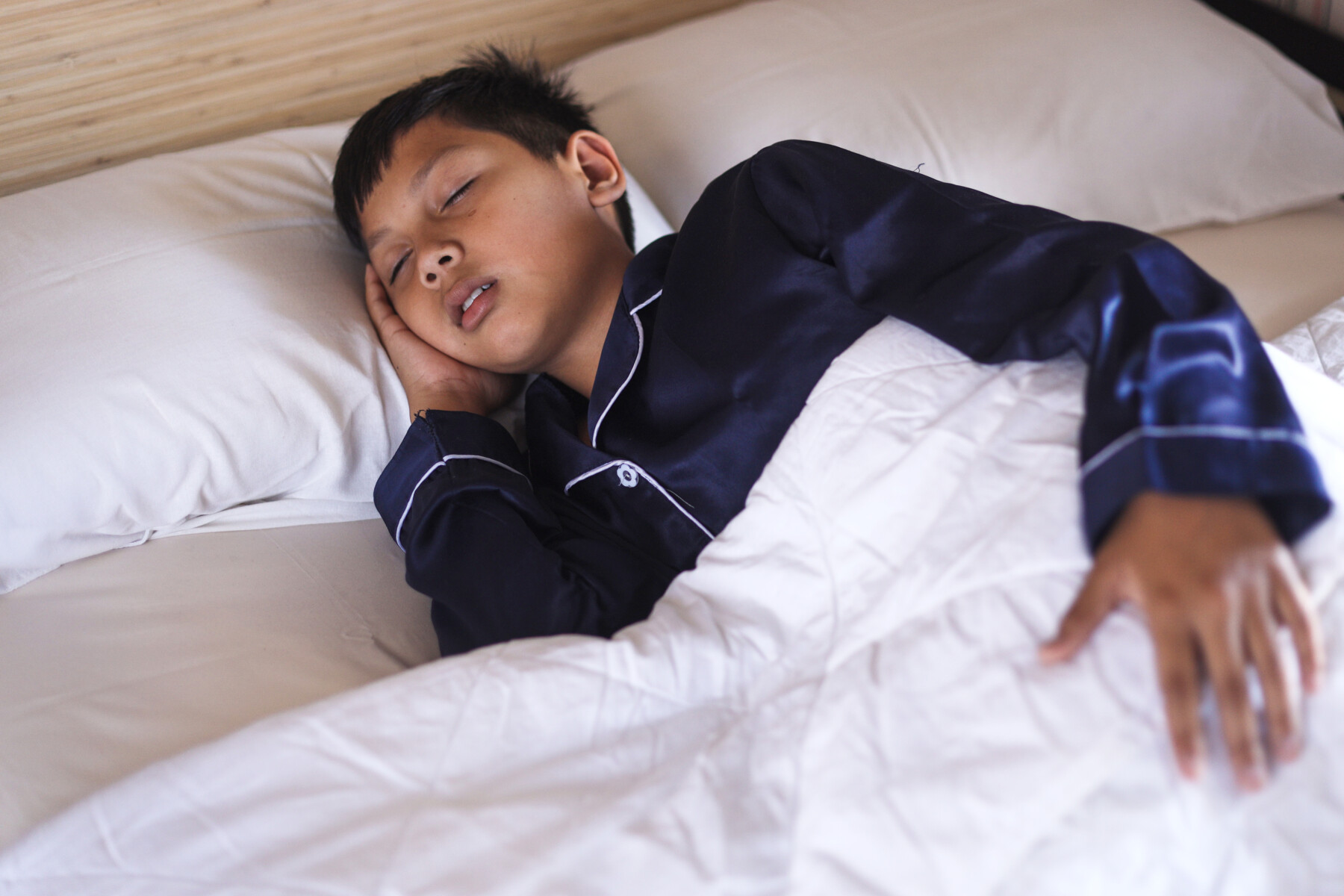Sleep training can be a daunting prospect for many parents. But with the guidance of sleep coach Jessica of My Dreamy Sleeper, you can navigate this journey with confidence. In this comprehensive post, Jessica explores the pros and cons of sleep training, empowering parents to make informed decisions that align with their parenting philosophy and goals. By providing practical tips and indicators to look out for, she ensures that parents can navigate potential challenges with clarity and grace, fostering a supportive environment for both parent and child throughout the sleep training process. If you’re ready to begin sleep training, keep on scrolling to learn more!


Tell us about the pros and cons of sleep training!
Jessica of My Dreamy Sleeper: When we are talking about sleep training, it is very important to note, that we are talking about babies who are at least 3 months. Newborns are too young to sleep train, however, you can work on instilling healthy sleep habits and sleep hygiene right from the start, but it’s a very very different process. In my opinion there are far more pros to sleep training then there are cons. To sleep train your baby or child simply means to teach them how to sleep independently. This is a skill a child should learn. Once they know how to fall asleep on their own, sleep can improve. Pros of sleep training include your child starts getting the sleep their body needs, they start eating better, they are less cranky (which makes your job as parents easier), it teaches self-soothing strategies, it improves self-regulation, it helps with focus and alertness, it can positively impact a child’s growth, it can strengthen your bond and baby’s attachment, and it’s the best way to stop short naps, early wakes, night wakes, difficult bedtimes, and difficult or nonexistent naps. And on top of all of this are the benefits parents gain from getting the sleep their body’s need. The biggest con of sleep training is that the process is very difficult and your child is going to cry. There is no getting around this. When you make changes to your baby’s or toddler’s sleep, they will not be happy and the only way they know how to express this is through crying. And for some parents this is a reason not to sleep train. There are ways to avoid crying when working on sleep, but they involve focusing on sleep as a newborn and taking a very gentle approach to it or waiting until the child is 3 or 4 years old.
What are the different sleep training methods?
Jessica: This applies for both infants and toddlers/preschoolers. Extinction, also know as Cry It Out – This involves placing your child into their crib or bed and walking out and not going back in until morning. The Ferber Method, otherwise know as Check Ins – This involves placing your child in their crib or bed and walking out. Then going back into the room after varying amounts of time to offer some reassurance. There are some programs where the time interval stays the same and others were the interval increases. With some methods there is a lot of interaction taking place (the Pick up Put Down Method falls in this category) and other methods the check in is very quick with less interaction. A Parent-Present Method, otherwise known as the chair method or camping out (this is the method I use) – This involves placing your child in their crib or bed and sitting with them as they learn this skill. The parent is offering comfort, support, and reassurance as the child falls asleep.


How do you choose a sleep training method?
Jessica: You have to do your research and come up with your plan with your partner, during the day, when you are both fully caffeinated and not at 3:00 in the morning when you’re dealing with your 4th wake of the night. A lot can play into what method you choose like your child’s personality, parenting styles, the child’s age, and whether you’ve tried sleep training before. If you are considering extinction (which can be a better approach for some babies and children – think stronger personalities) you have to weigh whether you would truly be able to stay out of the room all night. For babies who are more adaptable and easy going, the check method could possibly work as long as parent’s are consistent. The reason I like the parent-present approach is because most parents feel better about being in the room with their child, but it also works for most children – babies and toddlers/preschoolers.
Is it best to test a sleep training method before you choose another one? If so, how long do you try it for?
Jessica: Not really. It’s better to think long and hard about what method to use and then commit to it. If parents try one for a bit and then stop and then try another, the sleep training just tends to get harder and harder. The child unfortunately starts to learn to cry instead of how to sleep. If the parent feels like the chosen method is not working however, or after a week things do not seem to be getting better, then I would say that method is not the right one.
What are some indicators that a sleep training method is not right for your child?
Jessica: If after about a week the baby has not started sleeping through the night yet, this could be an indicator. If there is still a lot of intense crying and parents are a week in, I would want to look at the methods being used because for most babies, parents notice noticeable changes in the ease of sleep and the intensity and length of crying by the end of the first week.


How do you know which sleep training method is best for your child?
Jessica: In general, if your baby is easy going in nature, more than likely any method could work. If your child is strong willed or very sensitive, the Ferber method could make things worse. I really do think a parent-present approach is the approach that works for the majority of children and is the safest bet – and that’s why I use it!
Is there anything else you’d like to share about sleep training methods?
Jessica: I want to touch on toddlers and preschoolers who are already sleeping in a bed. I have found over the years that a parent-present approach is the best approach because it’s more gradual, and it’s the best way to minimize the crying and keep things as calm as possible. With this age, the extinction method or checks can be really tough to do if your child can just hop right out of bed.

If you’re ready to embrace restful nights and rejuvenating sleep for your family and need more assistance, be sure to contact Jessica at My Dreamy Sleeper today!


